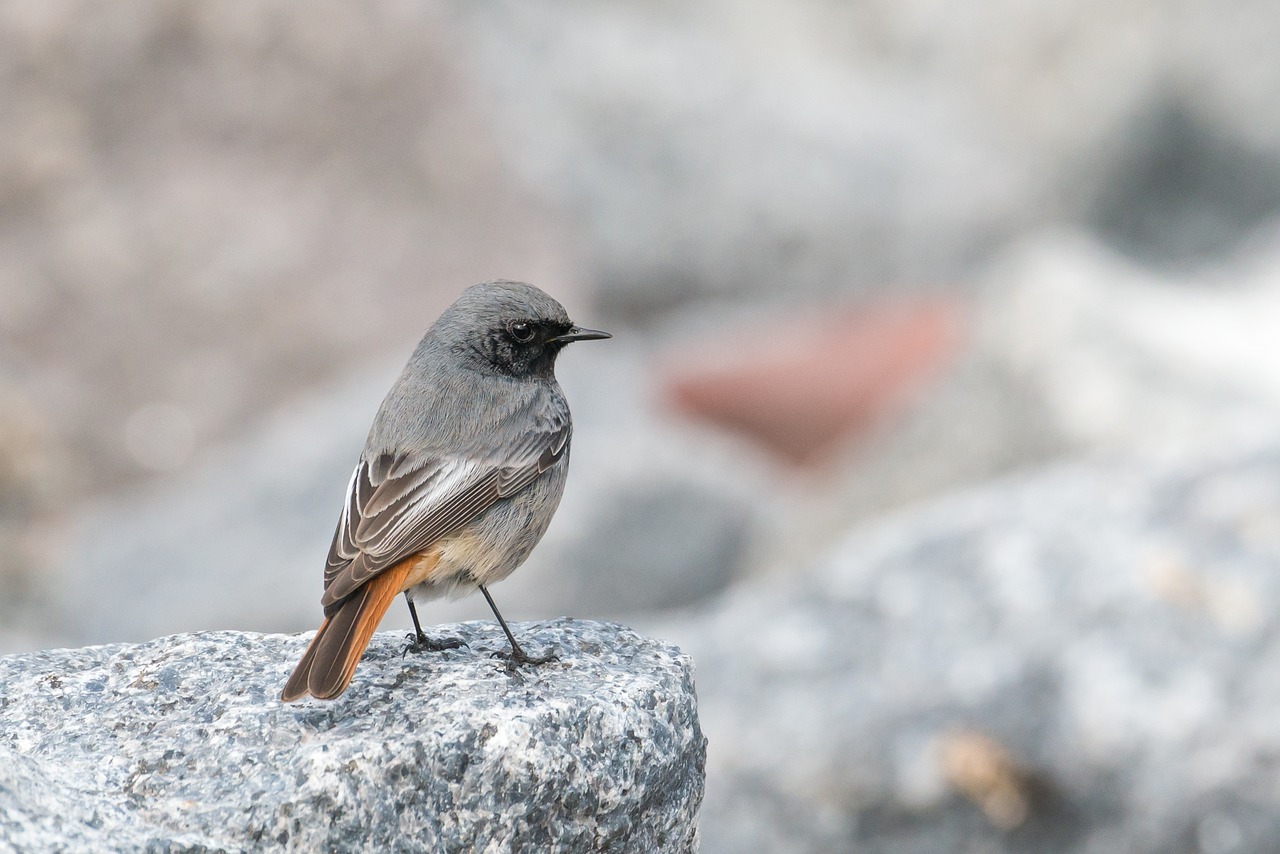Pattern of territory establishment in males, territory quality and floaters in a marginal population of Black Redstart Phoenicurus ochruros
DOI:
https://doi.org/10.34080/os.v5.23003Keywords:
territoriality, territory density, intraspecific competitionAbstract
The relationship between pattern of territory establishment in males and territory quality was studied in 1983–1994 in a colour-ringed population of Black Redstart in southwestern Sweden. Further, the size of the floating population was estimated as well as its influence on territory establishment. The material consists of 141 establishments of territorial males, distributed on 55 different territories. Characteristics of the habitat and exploitation of territories are described. The competition between different males was studied by removal experiments. Some males were placed in cages, while others were removed and released. The frequency of occupation varied (average 57%), and only 15% of the territories contained singing males each year. Optimal territories were occupied earliest, mainly by adult males. The majority of all territory establishments were made by new, unknown males (73%). Only 18% of the males showed territory fidelity between years. The size of the floating population was 26%, but its influence on territory establishment appeared to be marginal. The removal experiments showed that both adult and second-year males are capable to establish, defend and preserve optimal territories as soon as it is possible. Optimal territories were reoccupied earlier than territories of a lower quality, and adults established themselves faster than second-year birds. In many other studies, replacements were made by neighbours, but the results of the present study did not confirm this pattern. In eight confrontation trials, half of the owners recaptured their territories, while the other dominants were replacement males.
Downloads

Downloads
Published
How to Cite
Issue
Section
License
The copyright of each contribution belongs to the author(s), but all contributions are published under a Creative Commons license, so that anyone is free to share and reuse the contribution as long as the copyright holder is attributed.







